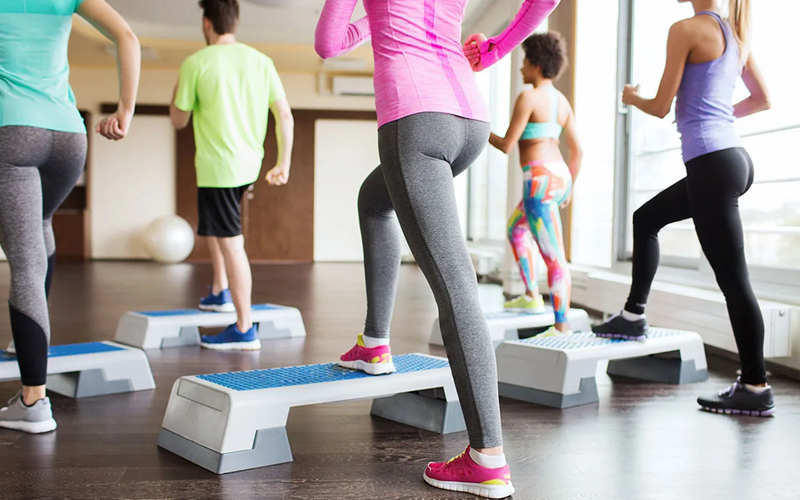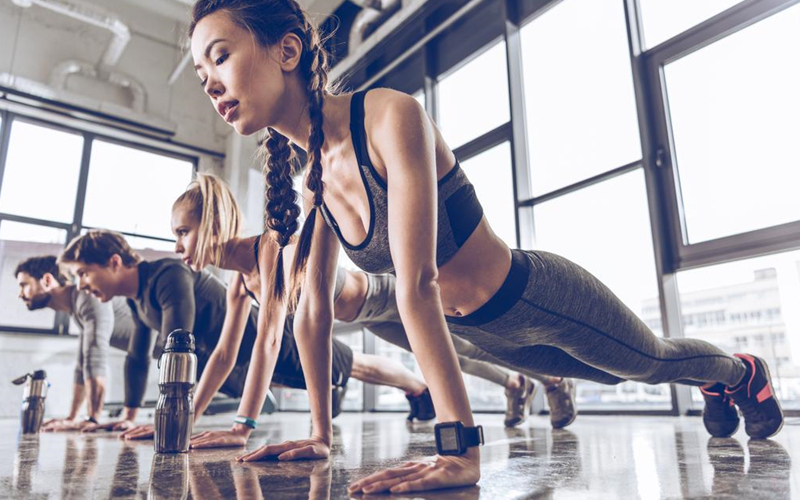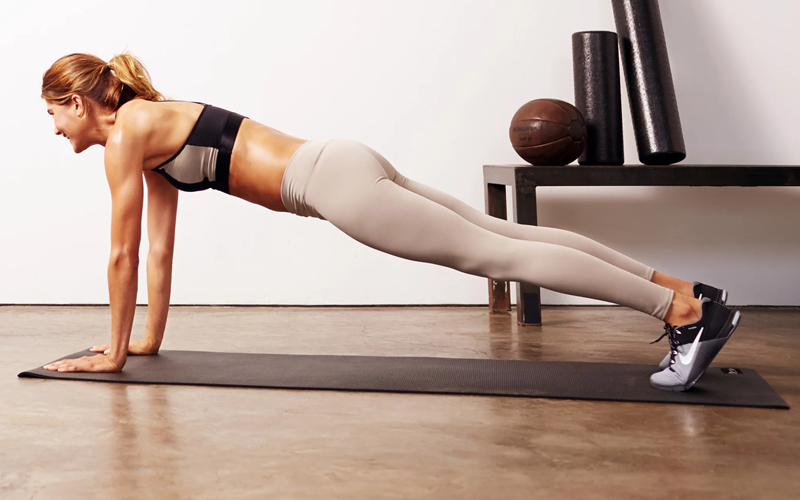Exercise precautions are meant to protect the body and reduce safety risks while exercising. Some exercisers may be unaware of these precautions, but they are crucial to take when planning an exercise regimen. Exercise is a healthy way to keep your body active, but it also has its downsides. The following are some of exercise precautions;
1. The Components of Exercise Precautions
Since exercise brings good health, it is necessary to learn the components of special precautions and safety precautions. The components are made up of several factors that include: proper nutrition, being hydrated, staying safe and being well rested. Again, this is all in the interest of keeping healthy body functioning throughout the whole workout.
2. Nutrition and Exercise Precautions
Eating a balanced diet before working out will help the body function properly during exercise. It is suggested that one eats complex carbohydrates such as whole grain food, fruits, vegetables and legumes to prepare their bodies for intense exercising. Fruits and vegetables have a lot of vitamins and minerals which can also help reduce muscle fatigue during a workout session.

Staying hydrated is another crucial factor in maintaining health while working out. It is necessary to drink 8 glasses of water per day. Drinking plenty of water also helps in eliminating waste products and retaining muscles, which can help in strengthening the body.
3. Hydration Precautions
It is very important to drink enough fluids during an intense workout session. The body uses only about 1 quart for every minute of exercise. For example, if you run for 30 minutes, you would need to drink about 6 quarts or 3 gallons of water to be able to run for one hour without feeling thirsty or dehydrated. It is also recommended that one drinks half a quart of water before starting to work out. Staying hydrated also helps in reducing muscle damage, leg cramps and fatigue. Having the right amount of fluids in your body ensures that your muscles are properly lubricated, resulting in a better workout.
4. Safety Precautions
Safety precautions usually include first aid and fire safety precautions. First aid precautions help reduce complications such as sprains, pains and bruises that may arise from exercise which is particularly helpful for those who are just beginning to work out by helping them build up their endurance gradually. Fire safety precautions are necessary because it is important to prevent fires or injury during exercise since these things can severely hamper exercising or even cause death.




